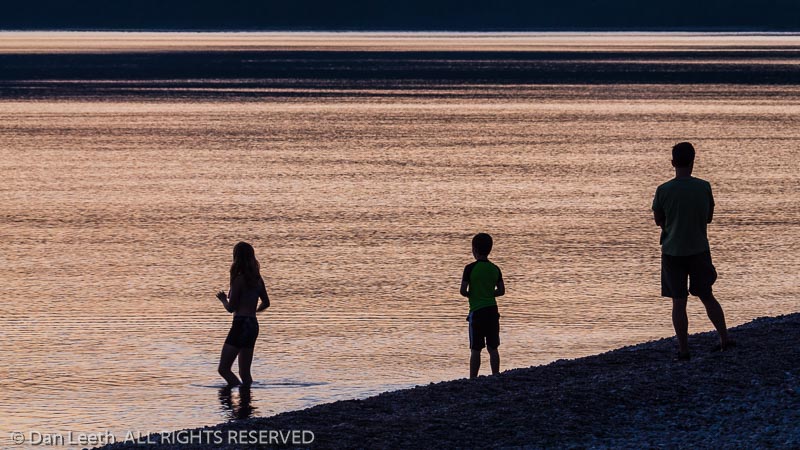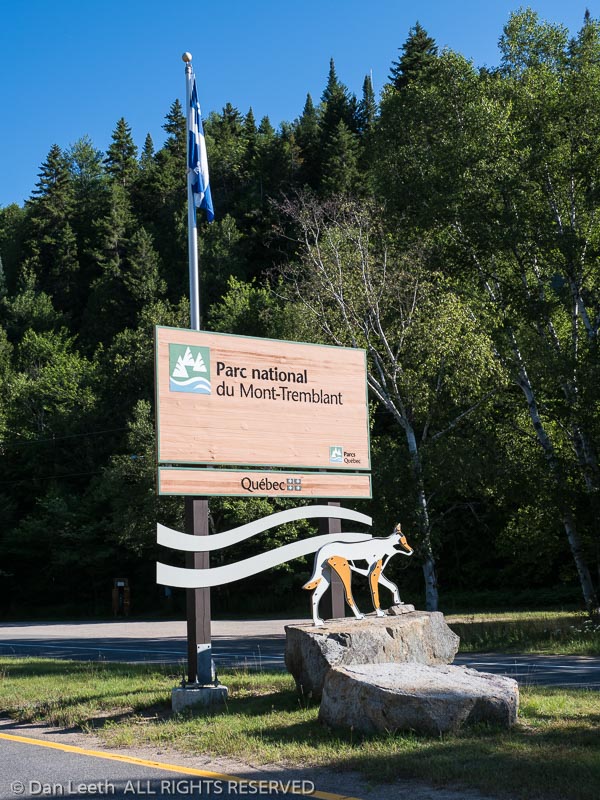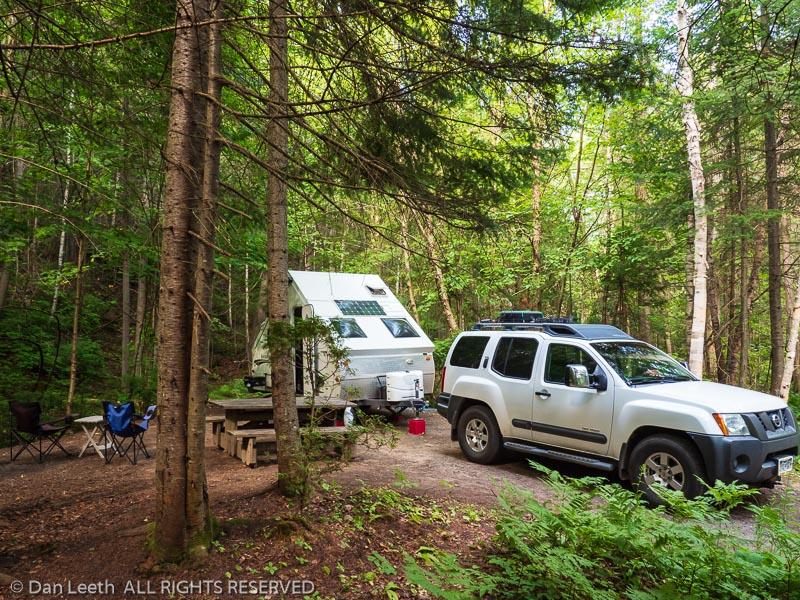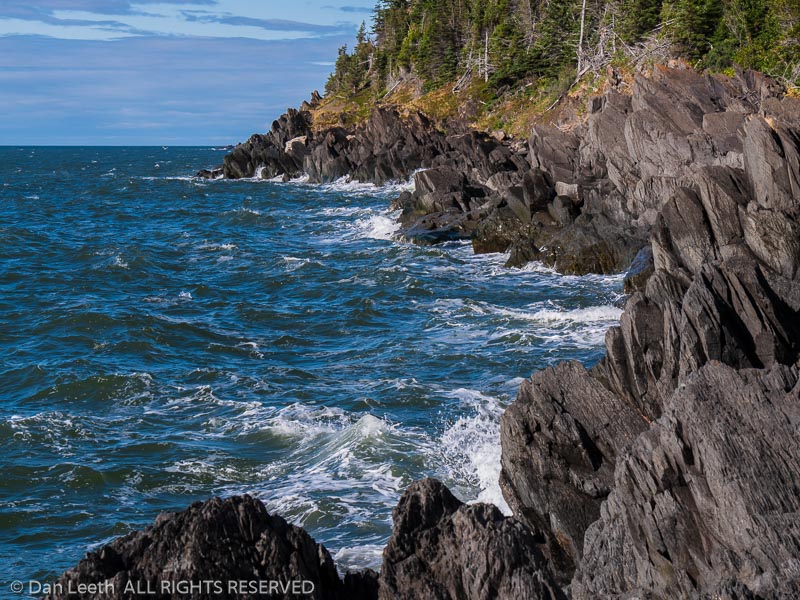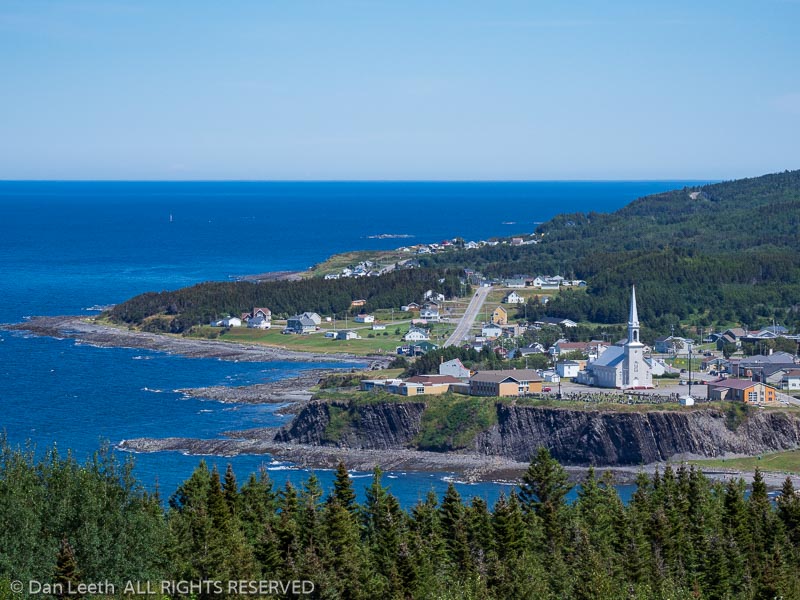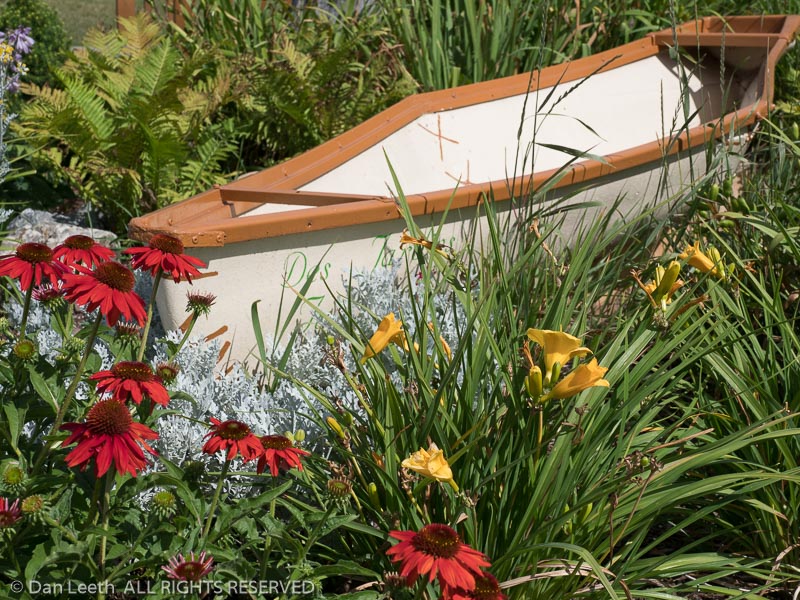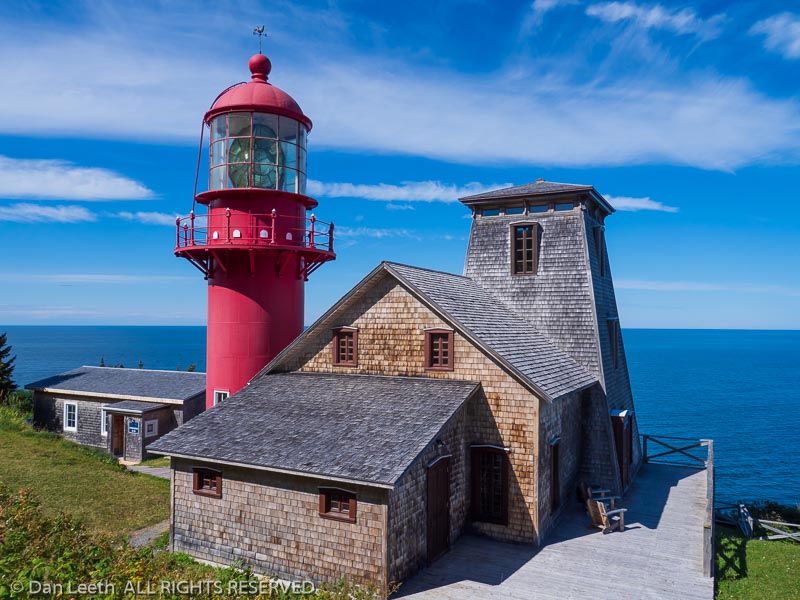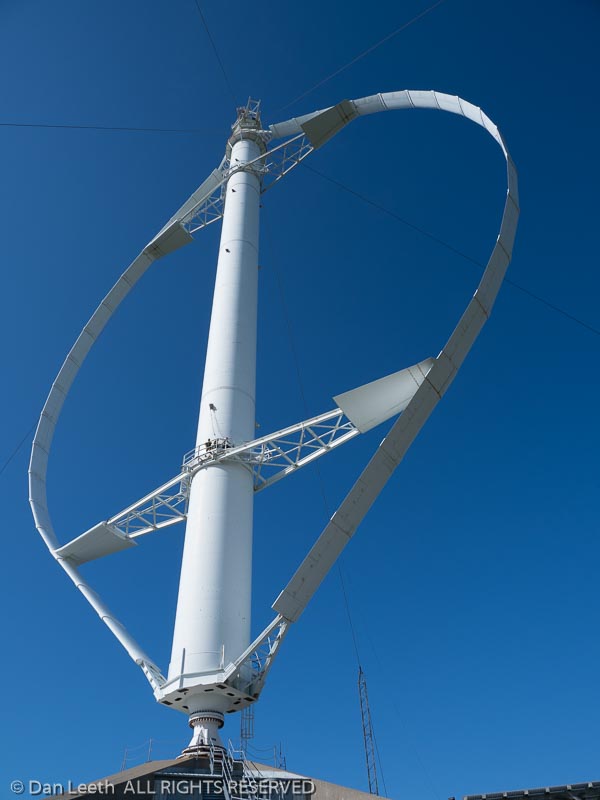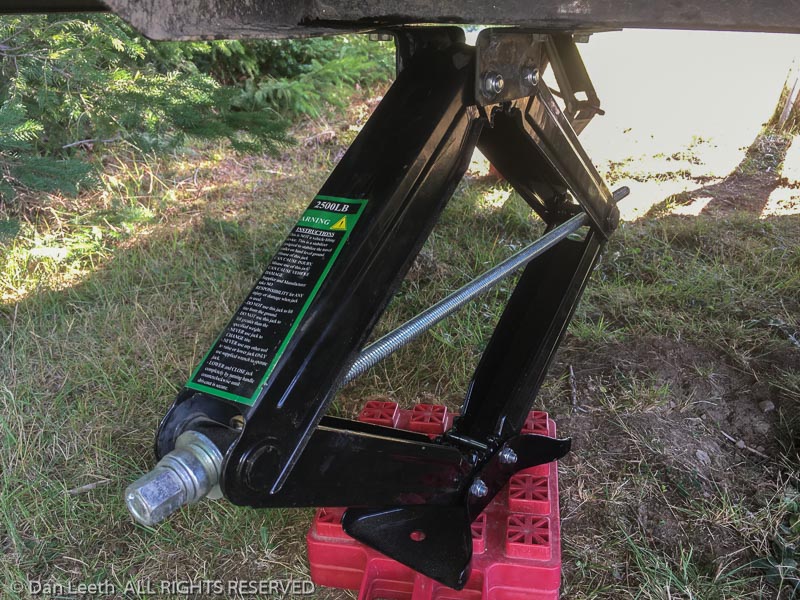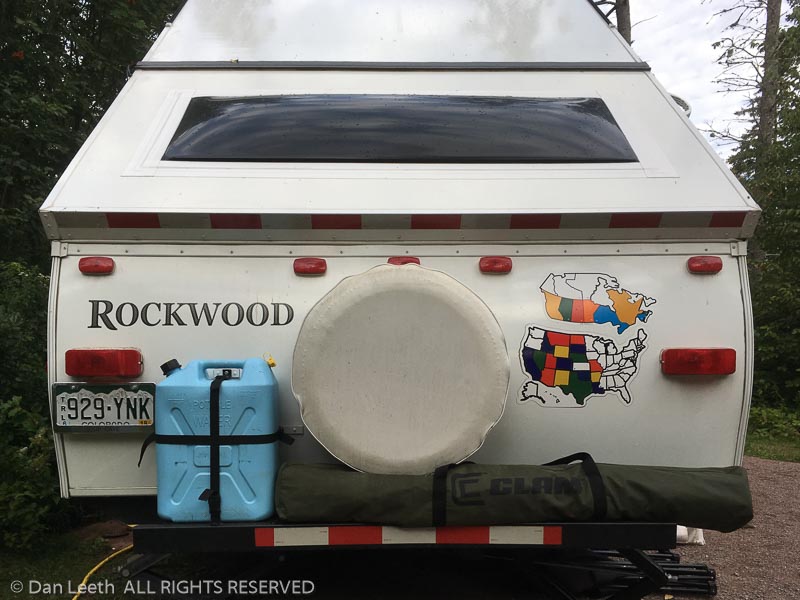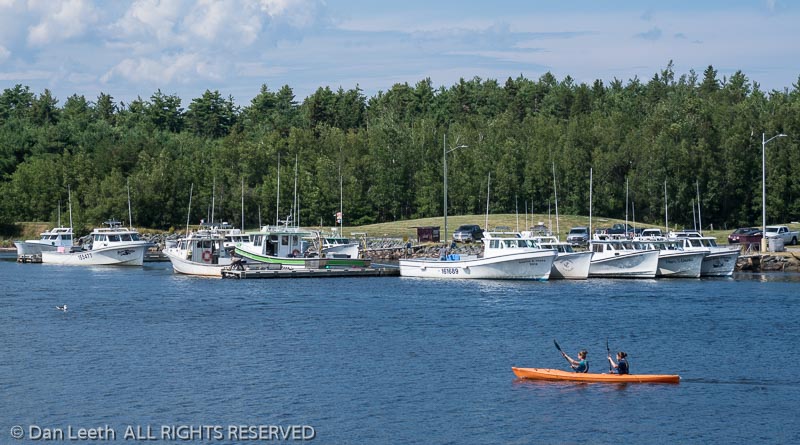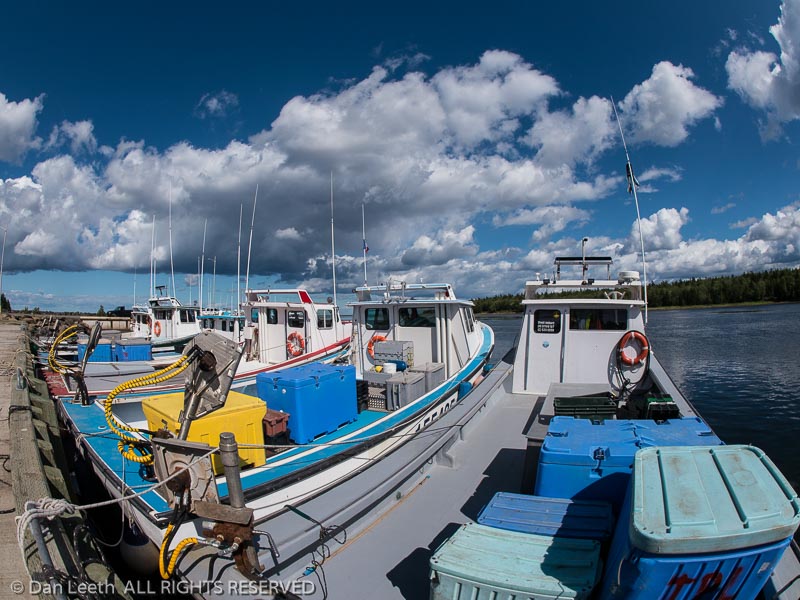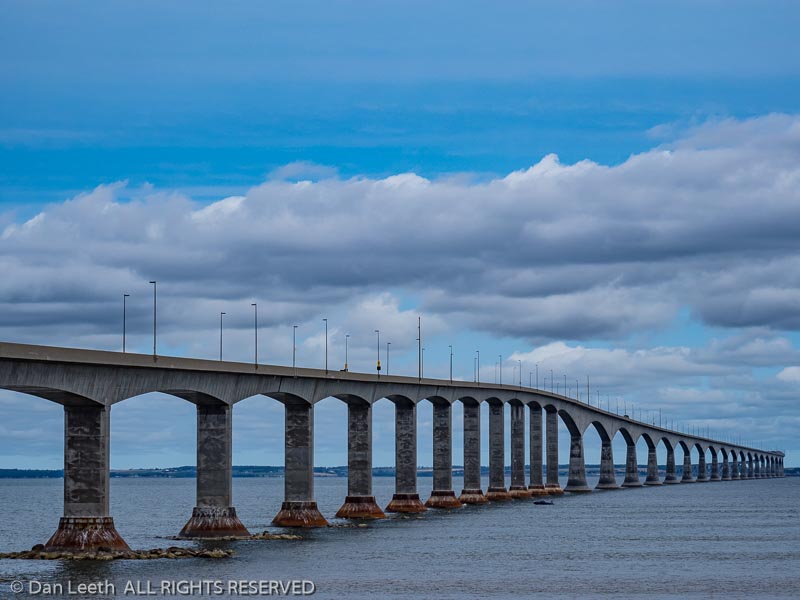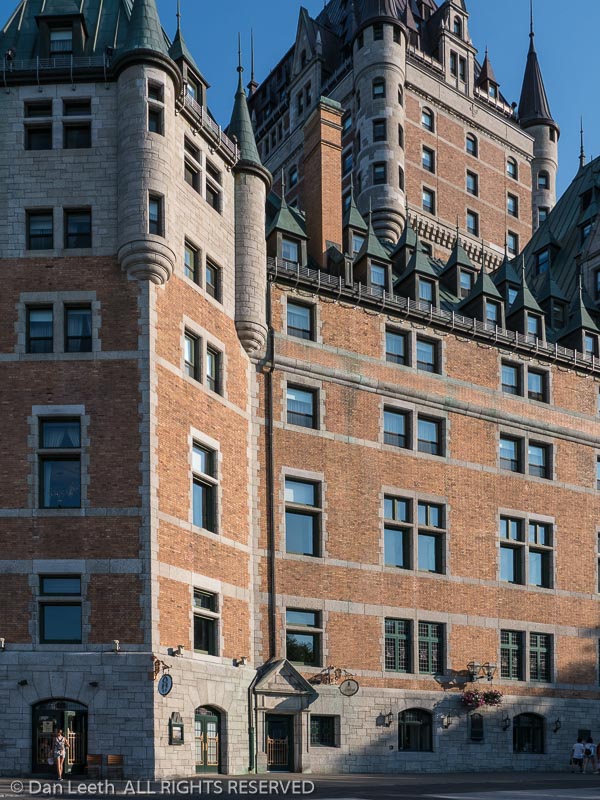
It was good to get back to Québec City again. It was my fourth and Dianne’s third visit to the four-century-old capital of French Canada.
This time we did something different from what we’ve done on our previous visits. We finally saw the city in the summertime, not the dead of winter, and for the first time ever, we did not stay at the iconic Chateau Frontenac.
Instead of the upscale ($341 per night) Fairmont hotel overlooking the Saint Lawrence River, we stayed at an RV park (Camping de la Joie) where the only thing we looked over was our neighbor’s campsite.
We chose the campground not only because they got high reviews on RVparkReviews.com, but because they offered shuttle service to town. For a commercial campground complete with screaming kids, barking dogs and loud, cursing campers, it was quite nice. But it wasn’t the Fairmont.
Taking advantage of the shuttle, we headed into town to experience the city sans snow. Over a 10-hour walkabout, we revisited and photographed some old favorite spots, saw and photographed some new favorite spots and walked around, guidebook in hand, looking for spots.
Québec is definitely a tourist draw. While it’s the capital of French Canada, we heard more English being spoken here than at the Home Depot back home. Everywhere we stopped, the staff were multilingual, and even some of the signs and interpretative placards around town bore English translations. For us, knowing only how to kiss, not speak French, getting around was not a problem.
We were to meet our shuttle outside the Chateau Frontenac for the trip back. After shooting 884 photos and stopping for a farewell brew at Pape Georges, our favorite Lower Old Town bar, we climbed the endless stairs up the Cap Diamant cliffs to the hotel. We took a self-guided tour of their lobby restrooms, then walked around recalling warm memories of previous stays.
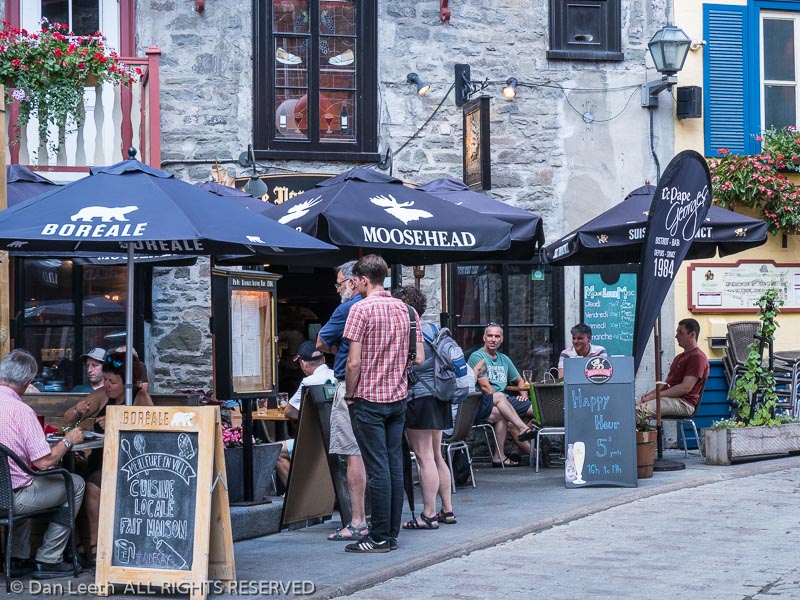
Tonight, instead of robes, slippers and evening turndown service complete with pillow mints, we will be bunking in our little trailer. We’ll hang out in our skivvies, don flipflops for the 50-yard walk to the bathroom and crawl into a bed whose pillows have never met a mint.
Our biggest problem will be trying to figure out just how to spend the $300+ per night we’ve saved by camping.

